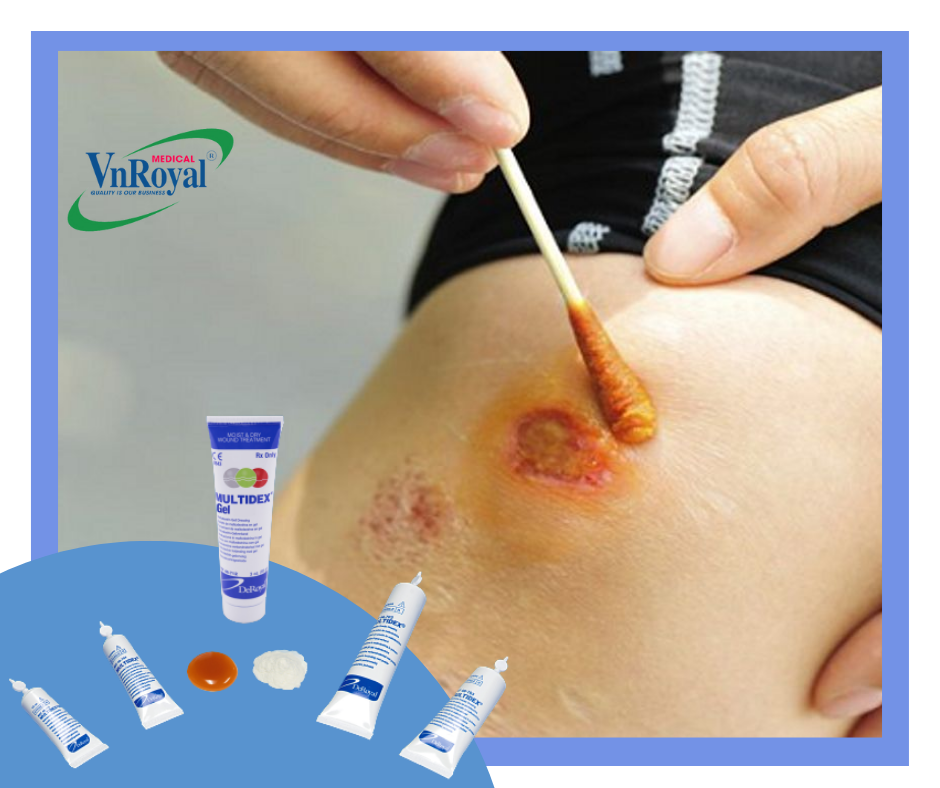Infected wounds, if not handled promptly, can lead to many complications and dangerous consequences, especially necrosis. Therefore, when detecting an infected wound, it is necessary to promptly provide first aid and immediately go to a medical facility to be treated by qualified doctors and nurses. The following article provides tips for taking care of an infected wound.

1. How can I tell if a wound is infected?
A wound which has become, or is becoming, infected may:
-
Become more painful, instead of gradually improving.
-
Look red around the skin edges. This red area may feel warm or hot.
-
Look swollen.
-
Ooze is a yellow material (pus) that may be smelly.
If the infection spreads further, the redness will keep spreading to more areas of the skin. You may feel unwell in yourself, with a temperature and aches and pains.
2. Clean hands
Before performing wound care, the patient or caregiver should wash their hands with soap.
3. Treating Infected Wounds with Multidex
Preparation of site
1. Necrotic tissue should be debrided according to acceptable practice or as directed by an attending physician.
2. The site should be irrigated liberally with a sterile physiological 0.9% normal saline or a balanced salts solution
Application of multidex powder or gel
1. After irrigation, apply Multidex®.
a. For shallow wound – 0.6cm thick over the entire wound site
b. For deep wound – fill wound site to the surface taking care to fill all undermined areas
2. Cover with a non-adherent, non-occlusive dressing such as Covaderm Plus®, MultiPad™, Sofsorb®, or Polyderm™ Plus. If necessary, tape in place or use roll gauze or Stretch Net™ to secure dressing.
3. Dressing change should be once a day on minimally to moderately draining wounds and twice a day on heavily exudating wounds.